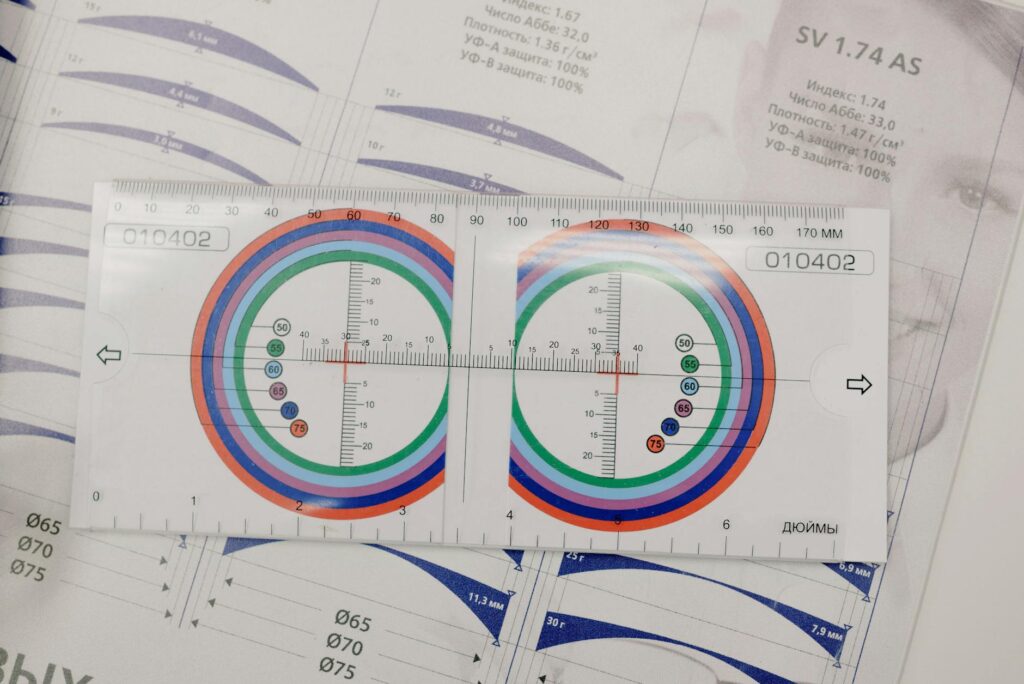What is instructional design theories?

What is Instructional Design Theories?
Instructional design theories serve as the backbone of effective educational experiences. They’re not just academic jargon; these theories shape how we teach and learn across various fields. Whether in classrooms, workplaces, or online platforms, understanding these theories can dramatically enhance the learning process. So, what exactly are instructional design theories, and why are they crucial in our quest for effective learning solutions?
Understanding Instructional Design Theories
At its core, instructional design theories are frameworks that guide the process of creating educational experiences. They provide a structured approach to designing, developing, and delivering instruction. These theories help educators and instructional designers understand the dynamics of learning, making it easier to create materials that resonate with learners.
The Purpose of Instructional Design Theories
Why do we need these theories? Simply put, they facilitate effective learning outcomes. When you understand instructional design theories, you can tailor educational experiences to meet the diverse needs of learners. This understanding leads to improved educational practices, as it promotes the alignment of goals, content, and assessments.
For more insights on the importance of these theories, check out this detailed overview from Devlin Peck.
Key Components of Instructional Design Theories
Instructional design theories encompass several key components that are essential for crafting effective learning experiences:
- Learner Analysis: Understanding who your learners are and what they need is fundamental. This analysis can include their prior knowledge, learning styles, and motivations.
- Instructional Goals: Clearly defined goals help guide the design process, ensuring that all content aligns with what you want learners to achieve.
- Assessment: Evaluating the effectiveness of instructional materials is crucial. This helps in determining whether learners have met the desired outcomes.
By integrating these components, instructional designers can create programs that are not only engaging but also effective.
Major Instructional Design Theories
Several prominent theories have shaped the landscape of instructional design. Each offers unique perspectives on how learning occurs and how best to facilitate it.
Behaviorism in Instructional Design
Behaviorism emphasizes observable behaviors as the main focus of learning. This theory suggests that all behaviors are acquired through conditioning. In instructional design, behaviorist principles lead to structured lessons with clear objectives, where reinforcement and feedback play critical roles.
For example, using quizzes to reinforce knowledge can effectively build skills over time. This method ensures that learners receive immediate feedback, helping them adjust their understanding.
Cognitivism and its Role in Learning
Cognitivism shifts the focus from observable behavior to the inner mental processes of learners. It posits that understanding how learners process information can lead to more effective instructional strategies. This theory encourages the use of techniques that promote critical thinking and problem-solving.
Instructional designers can apply cognitivist principles by incorporating activities that require learners to analyze, synthesize, and evaluate information. For further exploration of this theory, consider Learning Theories for Instructional Designers.
Constructivism: Building Knowledge Through Experience
Constructivism advocates that learners construct their own understanding and knowledge through experiences. This theory emphasizes the importance of context and hands-on activities in learning. In practice, this means creating learning experiences that are relevant to the learner’s life.
For instance, using real-world scenarios in training sessions allows learners to apply their knowledge in practical situations, enhancing retention and understanding.

Photo by Ksenia Chernaya
Applying Instructional Design Theories
Understanding these theories is one thing, but applying them effectively is another. Here’s how you can implement instructional design theories in various learning environments.
Designing Effective Learning Experiences
When designing learning experiences, consider the following tips:
- Set Clear Objectives: Begin by defining what you want learners to achieve. This clarity will guide your design.
- Incorporate Various Learning Styles: Not every learner absorbs information the same way. Use a mix of visual, auditory, and kinesthetic activities to engage different styles.
- Utilize Technology: Leverage digital tools to create interactive learning experiences. This can include simulations, videos, and quizzes that encourage active participation.
Evaluation and Feedback in Instructional Design
Evaluation is a critical step in the instructional design process. Regularly assess instructional materials and gather feedback from learners. This process not only identifies areas for improvement but also reinforces the connection between theory and practice.
Using formative assessments, such as quizzes and discussions, can provide insights into how well learners are grasping concepts. Additionally, summative assessments at the end of a module can help determine overall effectiveness.
Future Trends in Instructional Design Theories
The landscape of instructional design is continuously evolving. Emerging trends and innovations are shaping the future of education.
The Role of Technology in Instructional Design
Advancements in technology are revolutionizing instructional design. Tools like virtual reality (VR) and augmented reality (AR) are creating immersive learning experiences. These technologies allow learners to engage with content in ways previously unimaginable, enhancing understanding and retention.
Personalized Learning and Instructional Design
Personalized learning is gaining traction as one of the most significant shifts in education. This approach tailors learning experiences to individual needs, preferences, and interests. By applying instructional design theories, educators can create customized pathways that empower learners to take control of their education.
As we move forward, embracing these trends will be crucial for creating relevant and effective learning experiences.
Conclusion and Key Takeaways
Instructional design theories are essential for anyone involved in the teaching and learning process. They provide frameworks that enhance educational practices, ensuring that learning experiences are effective and engaging. By understanding and applying these theories, you can transform your approach to education, whether in a classroom, online, or in the workplace.
Remember, the goal is to create environments that foster learning and growth. Explore these theories further, and consider how they can be applied in your own contexts. With the right application of instructional design theories, the possibilities for effective learning are endless!